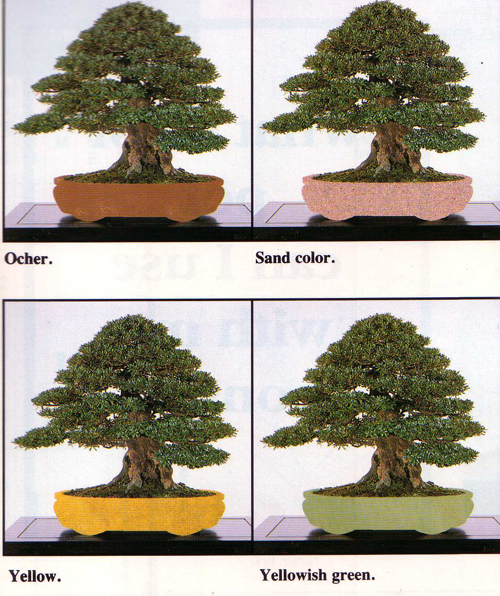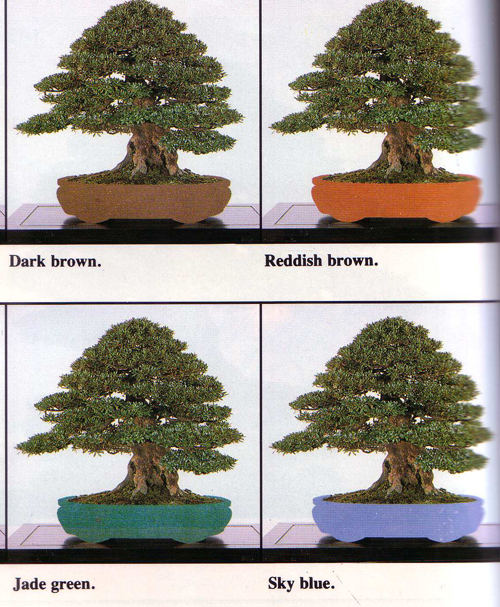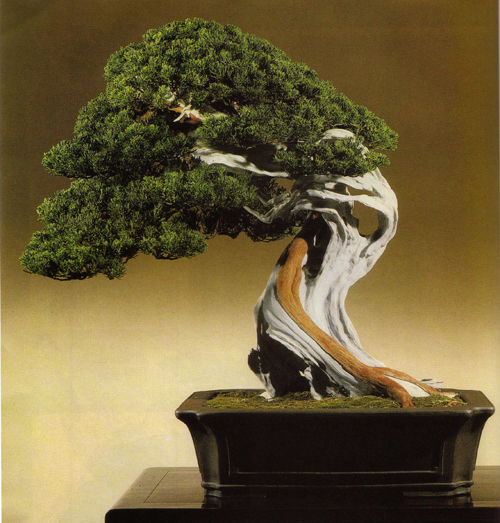
Even if you’re one of those curmudgeons who complains about the overly sculpted look of some Japanese bonsai, you’ve got to admit that this powerhouse Shimpaku approaches perfection. That trunk draws your eye like few trunks anywhere, with its single living vein, mysterious hollow at its base and the spidery fingers and hole at the top. But it’s the tight lush foliage that I want to point out here; the result of some serious trimming and pinching. The photo is from our Juniper book. Artist unknown.
A question about pinching on Michael Hagedorn’s site
The following is from the Seasonal section of Crataegus Bonsai (Michael’s site). It starts with a question by Ron Verna: I have a shimpaku juniper that I’m concerned about it has lost a lot of foliage and doesn’t look as bushy as I would like. Would piching and repotting help?
Michael’s reply
Hello Ron, Although it is difficult to advise without seeing an image, in general, we pinch far too much on junipers. I recommend cutting the longer shoots that push out of a foliage pad with a scissors, a couple times a year, rather than trying to create density with pinching. That tends to greatly weaken junipers. Repotting can rejuvenate a tree that is metabolically slowing down because the pot is full of roots.
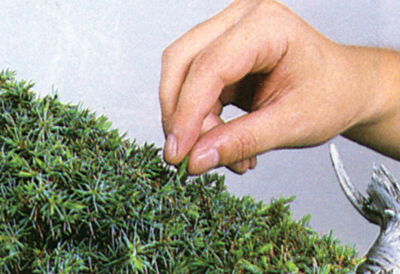
You can pinch with your fingers (but not too much!), and….
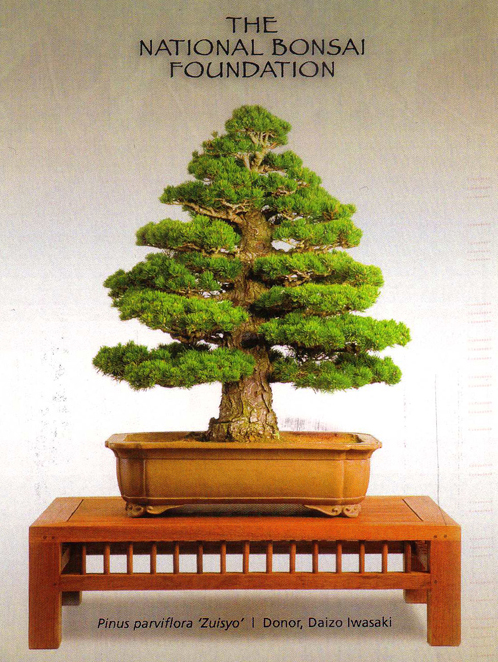
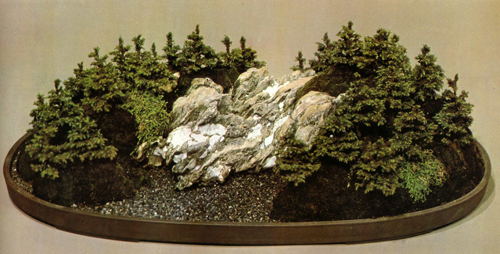
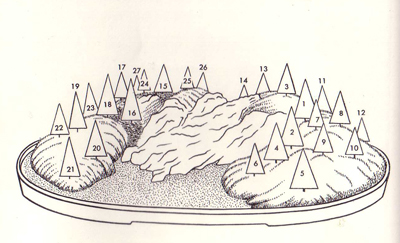 Front schemata. The pot is 26″ x 13″ (66cm x 33cm) unglazed oval by Tokoname. There are 27 cryptomeria that range from 2.5″ to 4.5″ (6cm to 11.5cm) tall. The soil is regular bonsai soil (he doesn’t say which regular bonsai soil, but the Japanese almost always use akadama or an akadama mix for conifers). The other materials are peat (it’s unclear how he uses it, see below), green moss and black river pebbles (the lake).
Front schemata. The pot is 26″ x 13″ (66cm x 33cm) unglazed oval by Tokoname. There are 27 cryptomeria that range from 2.5″ to 4.5″ (6cm to 11.5cm) tall. The soil is regular bonsai soil (he doesn’t say which regular bonsai soil, but the Japanese almost always use akadama or an akadama mix for conifers). The other materials are peat (it’s unclear how he uses it, see below), green moss and black river pebbles (the lake).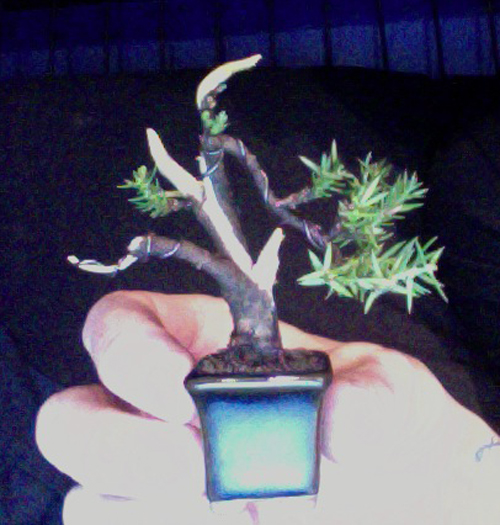

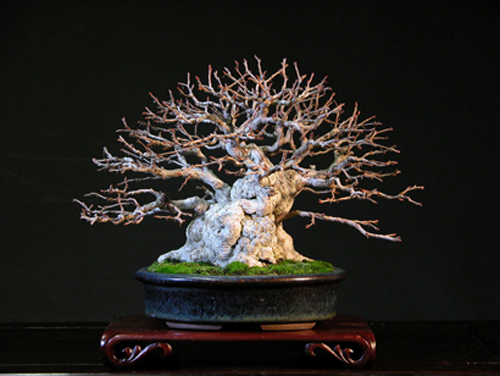
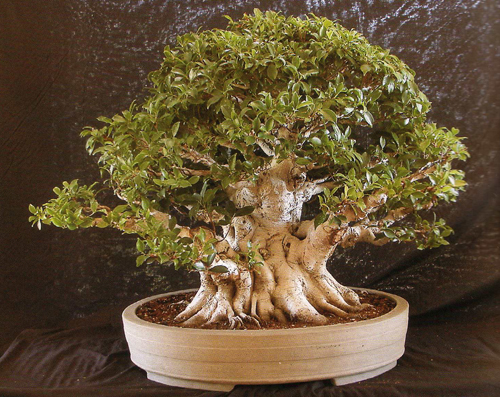
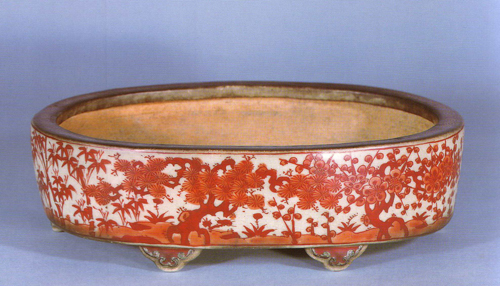
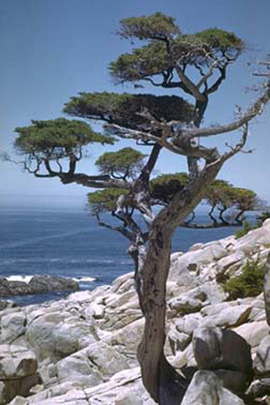
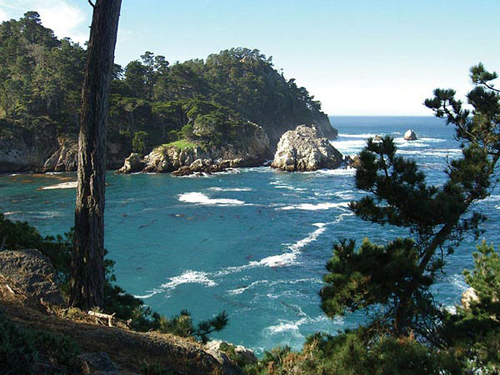
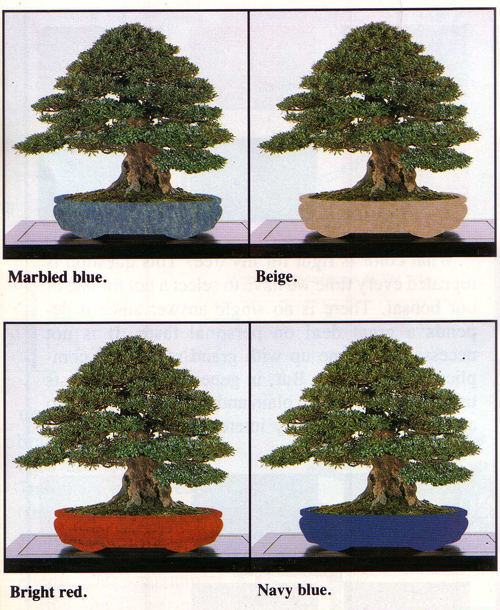 You pick ’em
You pick ’em